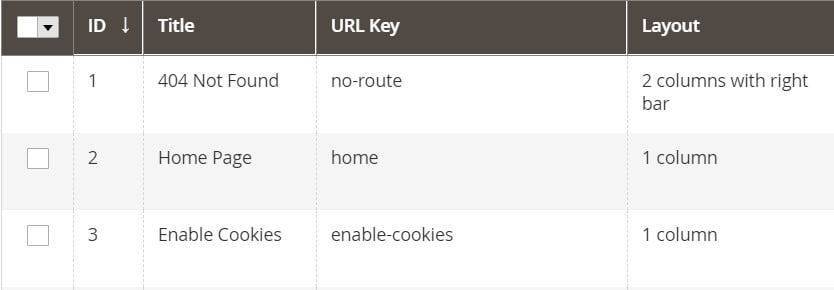Boosting Admin Efficiency with Mirasvit’s Magento 2 Backend Search

Today, we review the Magento 2 Backend Search extension by Mirasvit. It is a powerful tool designed to enhance the search functionality within the Magento admin interface. This extension streamlines the search process, allowing store admins to quickly find essential information such as orders, customers, invoices, and products. With fast, accurate search results and no interruption to the workflow, this tool is indispensable for any Magento store looking to improve admin efficiency.
In this review, we’ll explore Mirasvit’s Backend Search for Magento 2, highlighting its key features, emphasizing the benefits, and demonstrating how it improves the admin experience. We’ll also share customer testimonials to provide further insight into its effectiveness. Continue Reading






